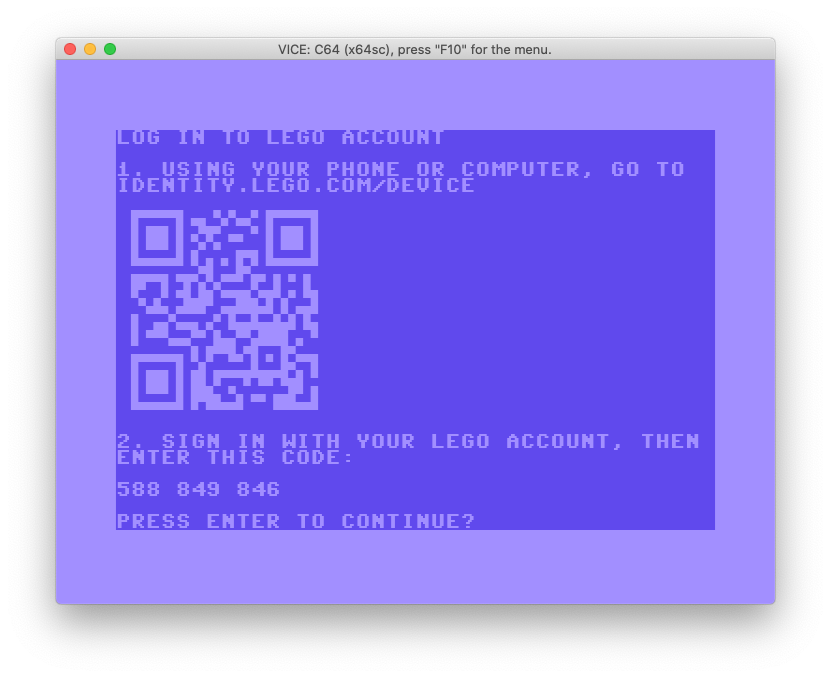When asked to do a presentation about something or the other, I struggle to find the motivation from time-to-time. Here are a few tips on what I do when preparing for a talk.
To quickly summarize, these are the steps I go through:
- Somehow make the subject exciting
- Challenge myself
- Think about the presentation; can I make this entertaining to the participants
Make the Subject Exciting
Often I am asked to make a presentation about something I know by heart, which is great because this means that I probably have a presentation already on the subject tucked away somewhere that I can reuse. On the other hand, this means that I probably have talked about the subject so often that I might come off sounding a bit uninterested and unexcited when I give yet another talk.
So how to circumvent this? Try looking at the subject from another point-of-view. Ask a participant you care about what they would like to know, and tailor the presentation towards that; chances are you will meet other participants’ expectations as well. By forcing myself to look at the same-old-subject from a new perspective, makes it all of a sudden exciting again.
Another way of making the subject exciting is by creating an awesome demo, which brings me to my next bullet, challenge yourself:
Challenge Yourself
An essential mantra of mine has always been show-don’t-tell. Whether it is to support an argument of something that can be done or communicate how something works, the proof-of-concept or demo is a vital tool to convey that message. When it comes to presentations, I would like to push that one step further.
At least within my domain, a way to show something, is by doing an actual implementation of that something. However, if you really want to blow your audience’s socks off, then make an implementation that is (or at least looks) feature-complete or do something that no one would have thought of doing or deemed possible.
To give you an example of the latter, I recently gave an internal talk at LEGO, showcasing the LEGO Account product from a technical point of view, and how easy it would be to implement in any experience. In fact, I challenged myself to show that it would be possible to implement LEGO Account on a Commodore 64, a computer not designed for the Internet in mind, and therefore an experience that no-one would have dreamed of doing.

The challenge made me motivated to finish the presentation, and it suddenly changed from a tedious project to something fun and exciting to do, which brings me to my final bullet of making this entertaining for everyone else:
Are You Not Entertained?
This one is hard. What you think is entertaining might not necessarily reflect on whoever participates in your talk, but there is a good chance it is (especially if you are talking to your peers). An excellent way to verify this is naturally to do a trial run of your presentation for a colleague or manager. To be honest, I rarely do a trial run because of the fear that I need to change my entire presentation and all my jokes will tank, but I will acknowledge it is a good idea (if you have the time).
I spend a lot of time making sure that the PowerPoint itself is clean and straightforward with no spelling mistakes. If I have the time, I will try to do something different in terms of the format (e.g., make everything hand-drawn/written or even animated).

If I do not have the time, I’ll stick to the default company template or white text on a black background and try to incorporate as many best practices as suggested by the likes of David JP Phillips.
I want a clear red-thread to go through the entire presentation. The slides should lead into the next and must wrap up in a perfect summary at the end, stating the key takeaways from the talk.
Wrapping Things Up
This is certainly not a complete list of my workflow when preparing for a talk, but just a few tips on sparking that motivation when creating the presentation.
In the future, I may revisit this topic and share some more thoughts on it, and maybe even share some of the presentations I’ve done.
